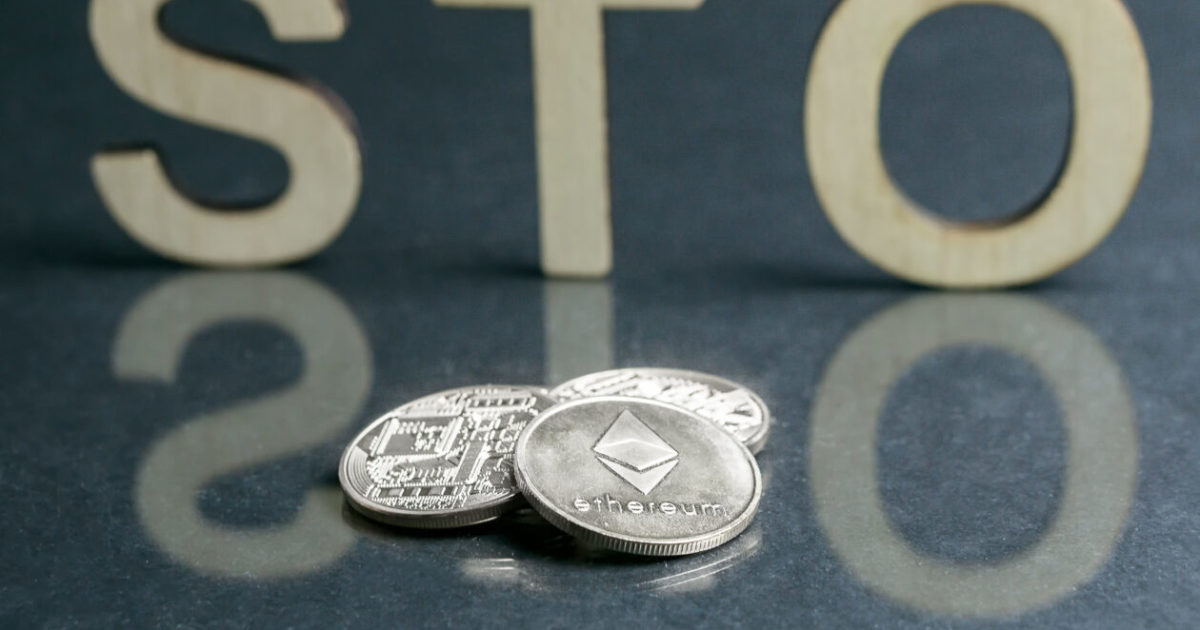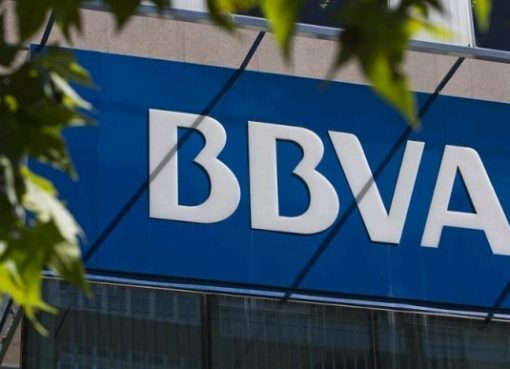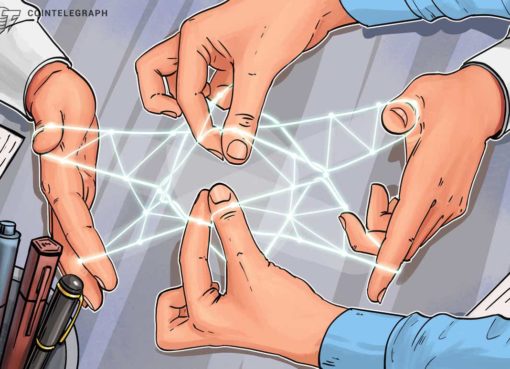OSL Digital Securities Ltd., which runs a cryptocurrency exchange in Hong Kong, tested a new potential line of business at the end of July when it distributed a so-called tokenized bond on Ethereum, the world’s largest public blockchain.
The instrument falls under what are known as “tokenized securities” or a digital representation of a traditional security that functions in the same way, except they can be stored, sold, and exchanged on blockchain networks.
In OSL’s bond instrument, each token represents a $10,000 share with a fixed-rate coupon and a bonus coupon tied to Bitcoin price movements, valid for three months. Five companies invested in the bond, including crypto investment firm Animoca Brands.
Executive Director Gary Tiu of BC Technology Group – the parent of OSL, which also has a crypto exchange in Singapore – discussed the bond and the potential for tokenized securities with Forkast, including use-cases and regulatory issues for what are also termed security token offerings, or STOs.
The following interview has been edited for brevity.
Ningwei Qin: Can you walk us through the issuance of the tokenized bond.
Gary Tiu: The project was done as a proof of concept with parties that also shared our belief in the development of the STO space. The actual issuance was done as a private placement in Hong Kong. For the future, we see additional interest coming from corporates and financial institutions wanting to do similar projects with us. But for now that project has been completed and we look forward to actually completing the whole full life cycle of that token.
Qin: How many bonds were sold in the first issuance?
Tiu: As I said, it was done as a proof of concept with a small group of investors, it wasn’t for fundraising as BC Group is already well capitalized. What was important to us was completing each of the issuance steps and the execution. We did the transaction to prove that a private placement of a security token can be done in Hong Kong and can be done through licensed intermediaries. These are the important reasons.
Qin: Can you explain more about the process?
Tiu: From a technical perspective, some of the traditional requirements in issuing a bond are needed, but there is additional work on tokenization and quality assurance on the actual tokenization to ensure that, for example, smart contracts perform as they were intended and the tokens can actually behave in the way that we intend them to. This is all done by OSL as a licensed intermediary to comply with requirements such as anti-money laundering and wallet verification. All of these are quite novel for the industry because certainly in Hong Kong right now, OSL is the only platform licensed by the Securities and Futures Commission to perform this kind of transaction. That’s why from a market perspective this was an important milestone.
Qin: Anything else you can explain about STOs?
Tiu: One feature we structured into this particular token is the ability for investors to choose to hold the token in their own private wallets. In other words, the investor can hold the tokens with a licensed intermediary or a custodian or take the token off such platforms. We’ve built in compliance controls for anti-money laundering and other requirements, but we built in this flexibility for investors to choose how they want to hold the tokens.
Qin: Can tokenized securities be stored in third party crypto wallets like regular crypto, such as Metamask and so on?
Tiu: Well, as a licensed intermediary, we do want to build in controls, for example, to make sure that all parties comply with anti-money laundering requirements. So the token is designed so that it can be transferred freely between whitelisted private wallets and other wallets whitelisted by the transfer agents. This is an attractive feature for a lot of investors. This is also a difference between this project and those undertaken by banks using private blockchains. We used a public blockchain to actually create the tokens, so the wallet movements, asset movements are transparent on public blockchains. And provided the parties have been whitelisted, they can freely transfer.
Qin: What about trading on secondary markets.
Tiu: Again, this project is by intention a relatively small one and is a three-month instrument so secondary market trading wasn’t seen as an important feature. But for future much larger projects, the secondary market may be an important factor.
Qin: What’s OSL’s future plans with tokenized securities?
Tiu: So the next chapter is to realize the network effect of what OSL has built over the last few years. An important part of our business strategy is B2B, so as well as servicing our direct clients, we also service a lot of other financial institutions. A case in point is our engagement with DBS Bank in Singapore and Standard Chartered Bank in the UK and Europe. It’s our technology and knowhow that is helping very large global financial institutions to service their clients when it comes to their digital asset trading needs. So this network effect is the next step with our institutional partners in projects like STO distribution and trading.
For example, the Hong Kong Monetary Authority (HKMA) and the Securities and Futures Commission (SFC) in January announced that banks and licensed brokers can offer digital asset trading to their clients provided they partner with a provider in Hong Kong licensed by the SFC to conduct regulated activities related to digital assets. And right now OSL is the only licensed platform [for Type 1 and 7 regulated activities related to digital assets] in Hong Kong, so again we see a network effect from this in not just to distribute and to place security tokens for our clients, but to allow our partners to reach their clients with these products.
Another case in point, under the HKMA-SFC January announcement, Interactive Brokers Hong Kong will be using OSL as the exclusive digital asset partner to support their clients in digital asset trading.
Qin: Would you consider any B2C services in the future?
Tiu: We do have B2C services in Hong Kong, Singapore and the Americas. In Hong Kong, because of the nature of the regulatory framework, our direct clients are all professional investors. In Singapore and our Americas business, we see a mixture of high net worth individuals, institutional clients, as well as other digital asset platforms using our services.
Qin: Crypto exchanges, like Huobi, are also applying for the licenses to provide STO services to businesses. How do you see this competition?
Tiu: Firstly, the licensing structures are different between Hong Kong and Singapore. The Hong Kong license regulates our activities on digital assets, but permits us to deal with securities, too. Whereas in Singapore, digital asset platforms licensed under the Payment Services Act typically are not permitted to deal with securities. So in Hong Kong, OSL has the advantage of a license to deal with digital and virtual assets for clients and their investors.
I think the competitive landscape for the STO space is relatively green and still being adopted, but has a very important future. And that’s a view shared by a lot of our financial institutional partners, including Animoca, which joined the digital bond offering.
Qin: If STO is still a growing sector how do you persuade clients about the advantages?
Tiu: Right now, many parties see it as building the knowhow and the technology to actually execute transactions in the future. Many clients see it as an opportunity to learn. Since we made the announcement on the tokenized bond, we have had a lot of interest from corporates as well as financial institutions. The corporations are typically the more innovative institutions, as well as a small number of traditional institutions. So if the question is: “How do we persuade people to be interested?” The short answer is: we didn’t have to, they came to us, and I think the interest will continue to grow.
Qin: Is it just because it’s a new technology or some other reasons?
Tiu: I think one aspect is new technology, but from a commercial standpoint it’s to see if they can improve the way they structure their financial products or whether they can reach a wider audience.
In the case of Interactive Brokers, they already have a great deal of traction with existing clients, so the challenge is to bring those clients more interesting and innovative products. This is a challenge for a lot of financial institutions. How do you bring more products? How do you continuously improve user experience to keep your clients on the same platform?
Certainly we are bullish about our B2B business because we have a lot of institutions coming to us as we can offer new products onto a platform for existing clientele. This is one of the biggest drivers for a lot of institutions.
Qin: What kinds of financial products do they want to tokenize?
Tiu: The most common product proposals are structured debt instruments or simple debt. These two areas are the most frequently talked about.




